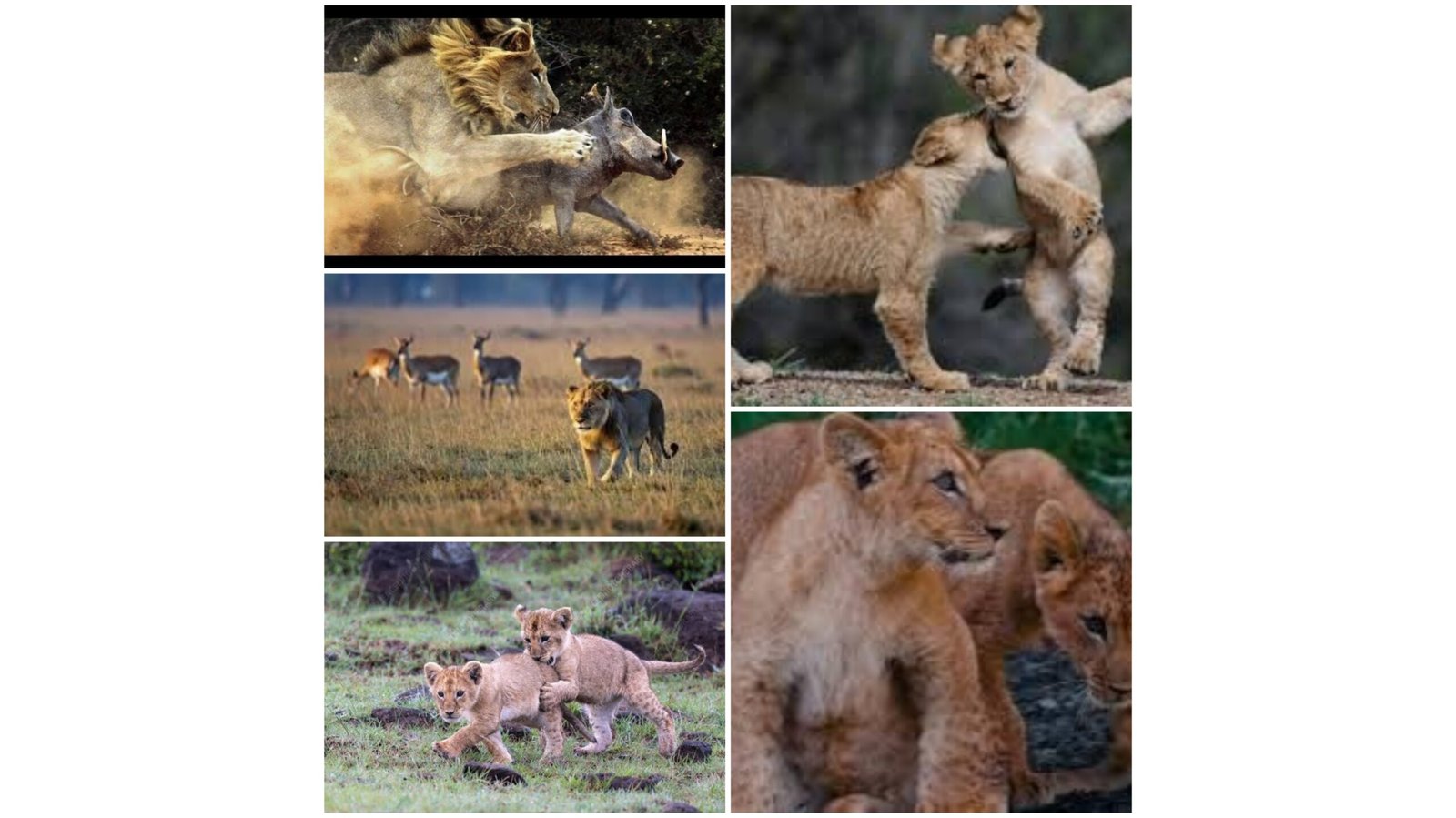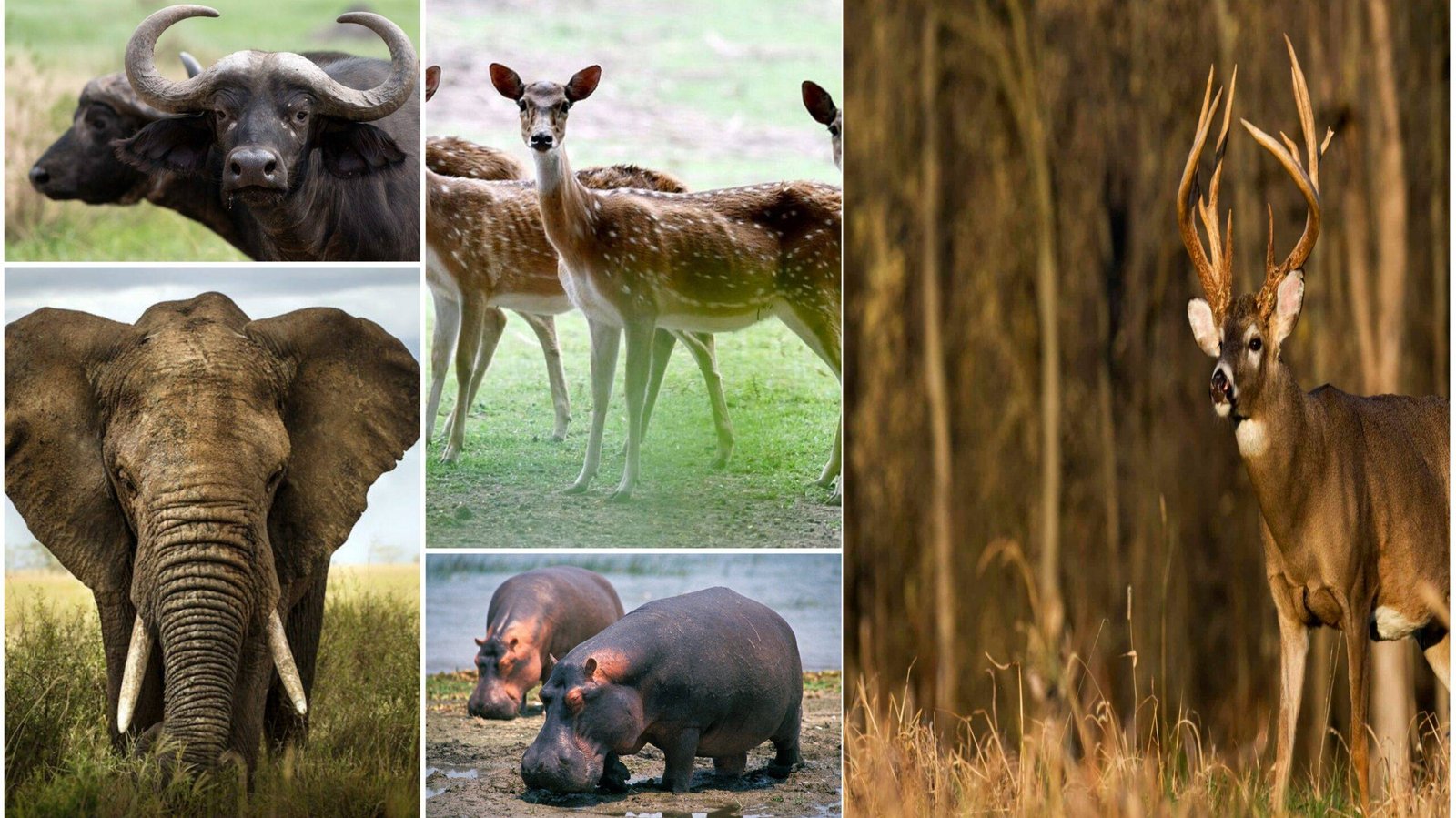lion runs lioncubs playtime deers running seeing young lions lioness hunt wildboar
Leena
Common Diseases of Wild Animals
Common Diseases of Wild Animals Rabies diseases are found in bats, foxes, raccoons, skunks, jackals, wild dogs, most common in Asia and Africa, India has the highest human rabies deaths. Anthrax diseases are found in elephants, hippos, antelopes, buffalos, most common in Sub-Saharan Africa Namibia, Tanzania, Zambia some parts of Asia. Zombie deer diseases are … Read more

